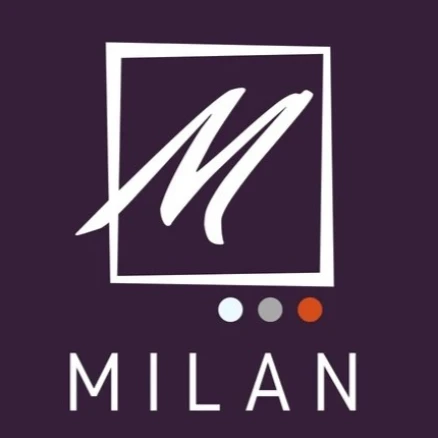Fifteen years into the 21st century is a good time to take stock of where we are as both an industry and a profession. Language services have come a long way.
In the not-so-distant past, translators and interpreters toiled away in relative obscurity, for little, or at times, no pay. Global travel and migratory flows have brought people of differing languages in contact with one another on an unprecedented scale. Stacks of dictionaries have been replaced by a bevy of software applications. Interpreting is no longer confined to the world’s major metropolitan areas, as communication technology has enabled us to work globally from our homes.
In short, times have changed.
While our jobs are still occasionally misunderstood and often underappreciated, we are making our mark on society. Interpreters have been portrayed by famous movie stars (e.g. Nicole Kidman), while translators can regularly be heard in interviews on international media outlets. And, of course, technology, and high-tech business, has moved front and center in our working lives.
So, where do we stand?
As an industry, we are in transition. Language technology is no longer a futuristic dream; it is our current reality. CAT tools, VoiP interpreting and machine translation are being employed every day. Society, as a whole, and business, in particular, are both grappling with language issues in our interconnected world. As language-service professionals, we need to take the lead.
From a practical standpoint, this means adding yet another facet to our education and skill set: technological competency. By staying ahead of the curve, becoming proficient with the technology being deployed, and being engaged in its development, we can ensure our professional future.
